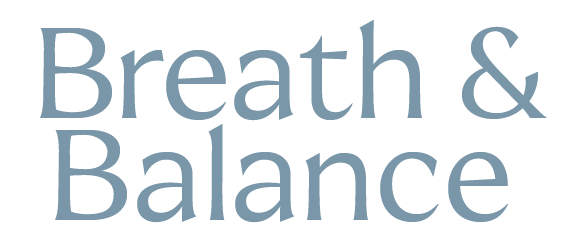
How to breathe better through your nose
In a previous blog, we discussed the benefits of nasal over mouth breathing. But mouth breathers, don't dismay! There are very good reasons why you might be breathing through your mouth and there are some simple interventions you can make to improve your nasal breathing. In this blog post, we look at why nasal breathing can be difficult and what we can do to fix it. There is a wealth of research linking wearing nasal dilators to improved nasal breathing and the positive health and fitness outcomes that come with it.
Perhaps you have noticed that you struggle breathing through your nose, or that one nostril allows more airflow than another? This is called nasal resistance, this is the resistance to airflow encountered as air moves through the nasal passages during breathing. This resistance is influenced by factors such as the size and shape of the nasal airways, the condition of the nasal mucosa (e.g., swelling due to allergies, injuries or infections), and the presence of anatomical obstructions. It plays a key role in determining how easily air can flow through the nose, affecting overall respiratory function, particularly during exercise or sleep.
Nasal dilators work by physically widening the nasal passages, specifically the nasal vestibule and valve region, which are areas that can constrict airflow. They reduce nasal resistance by increasing the cross-sectional area of the nasal airway, allowing for smoother, less obstructed airflow. This helps in reducing the effort needed to breathe through the nose, especially during activities like exercise, where increased airflow is crucial. In essence, nasal dilators help to keep the nasal passages open and prevent airway collapse during inhalation and exhalation.

Nasal dilators can make a noticeable difference in how we breathe, especially during exercise. Studies show that they reduce nasal resistance, making it easier for air to flow through the nasal passages (see Gehring et al, 2000 and Griffin et al, 2009). This leads to smoother breathing and less energy spent on each breath. The benefits are particularly strong for those who naturally experience higher nasal resistance, with improvements seen at rest and during physical activity. Plus, for those who stick to nasal breathing during exercise, these dilators can delay the need for mouth breathing, offering better airflow with less effort.
However, it's important to note that not everyone responds equally to nasal dilators—our nasal anatomy plays a big role in determining how effective they’ll be. For some, they significantly improve breathing, while for others, the effects might be less noticeable.
Still, for those who do see benefits, nasal dilators can stabilize the nasal passages and reduce the overall effort required to breathe, making them a great tool for athletes or anyone looking to enhance their breathing efficiency.
Are you ready to try a nasal dilator?
At Breath and Balance our preferred product is the Silent Mammoth, which is an internal dilator due to its comfort, effectiveness and sustainability. Give it a try if you struggle with nasal airflow during workouts or even sleep something we will discuss in a future blog post. You might just find that breathing becomes easier and more comfortable!
